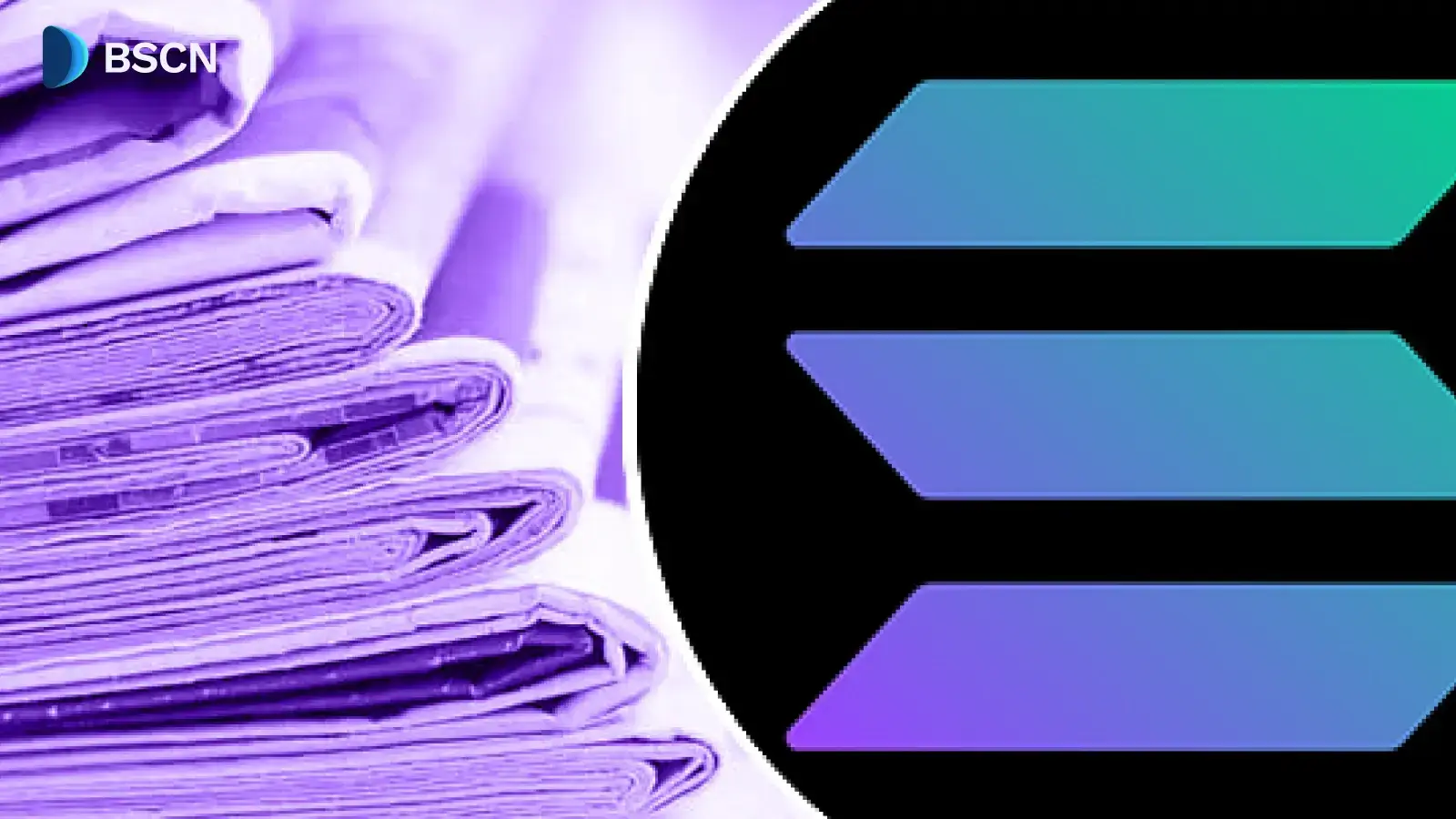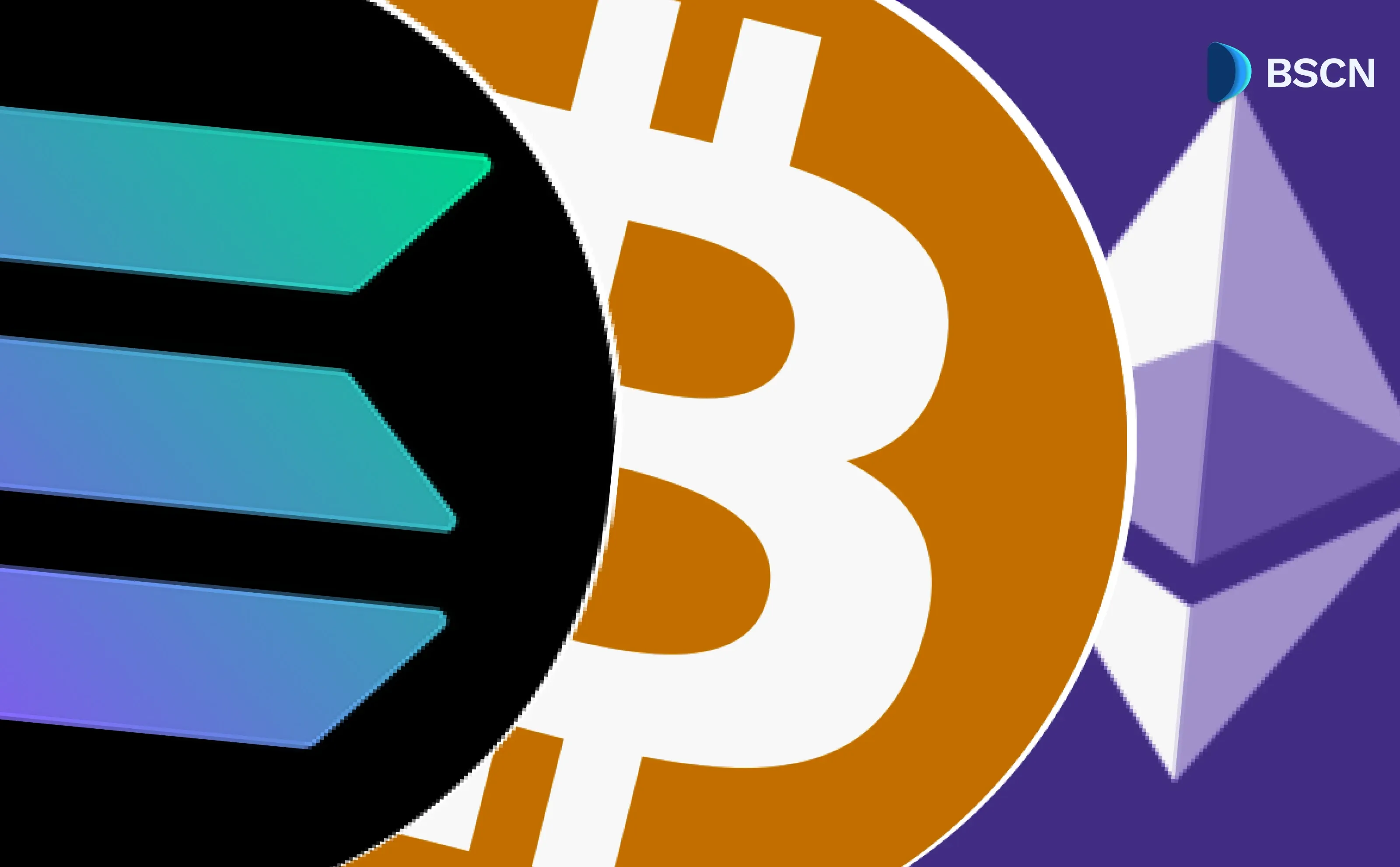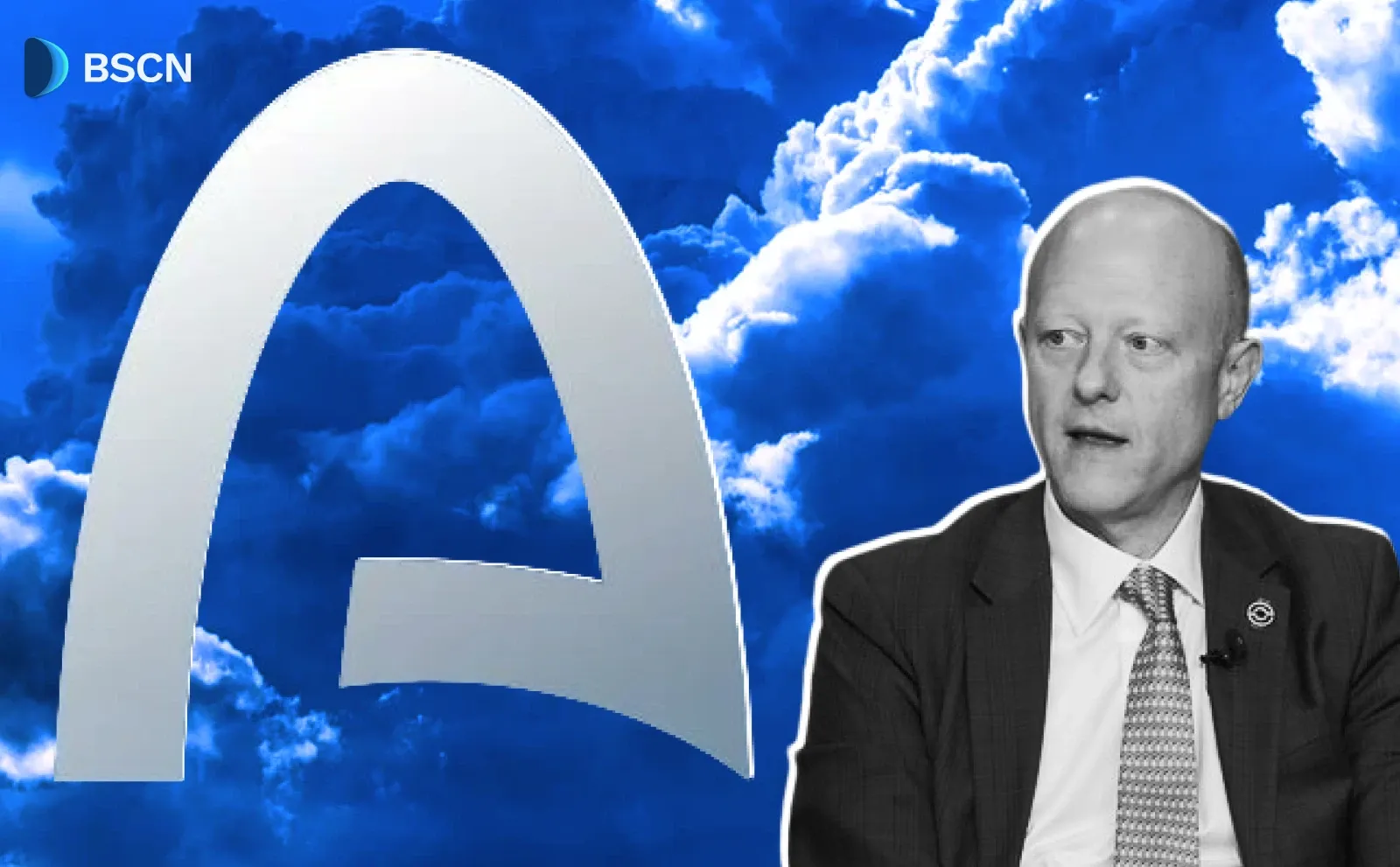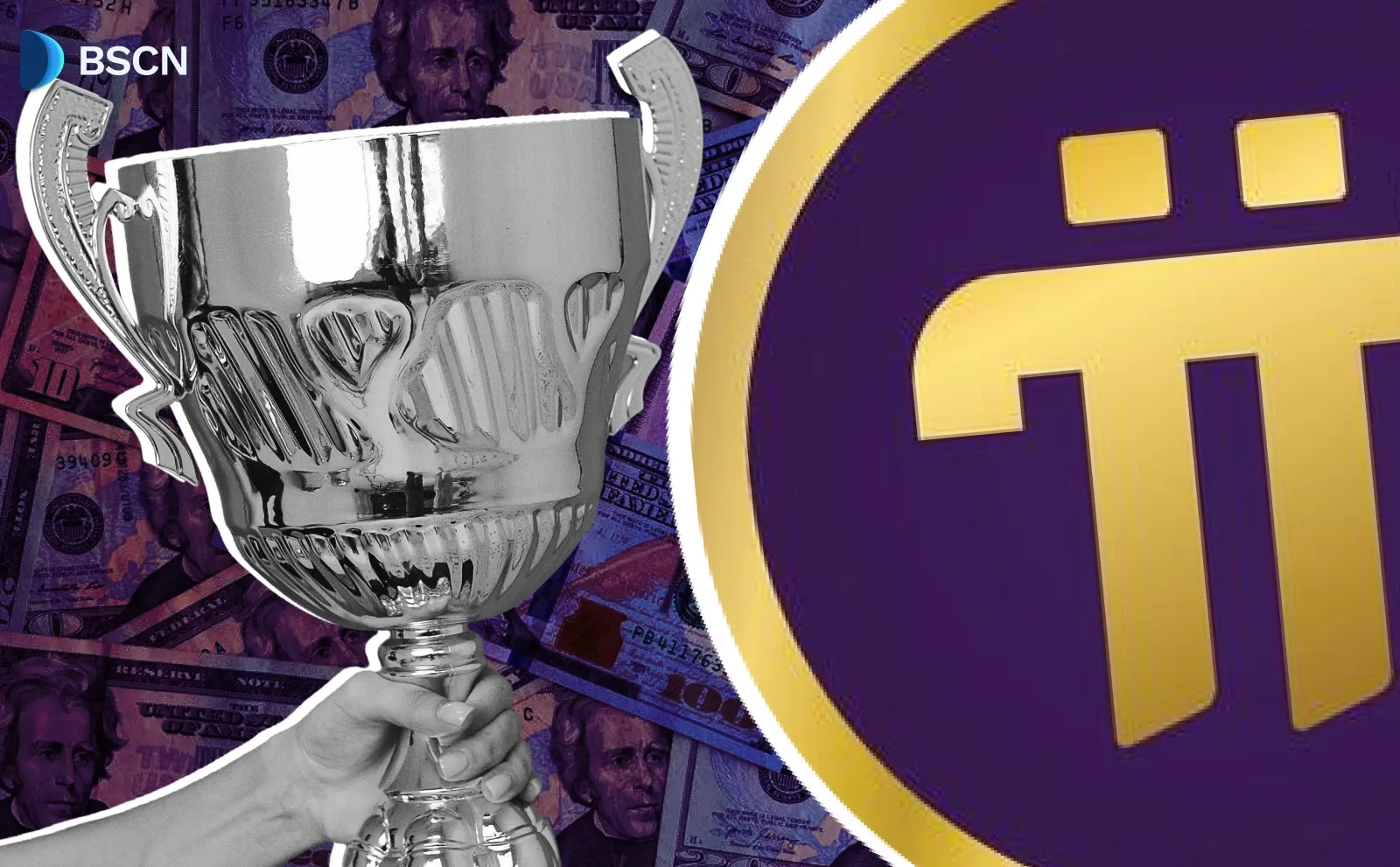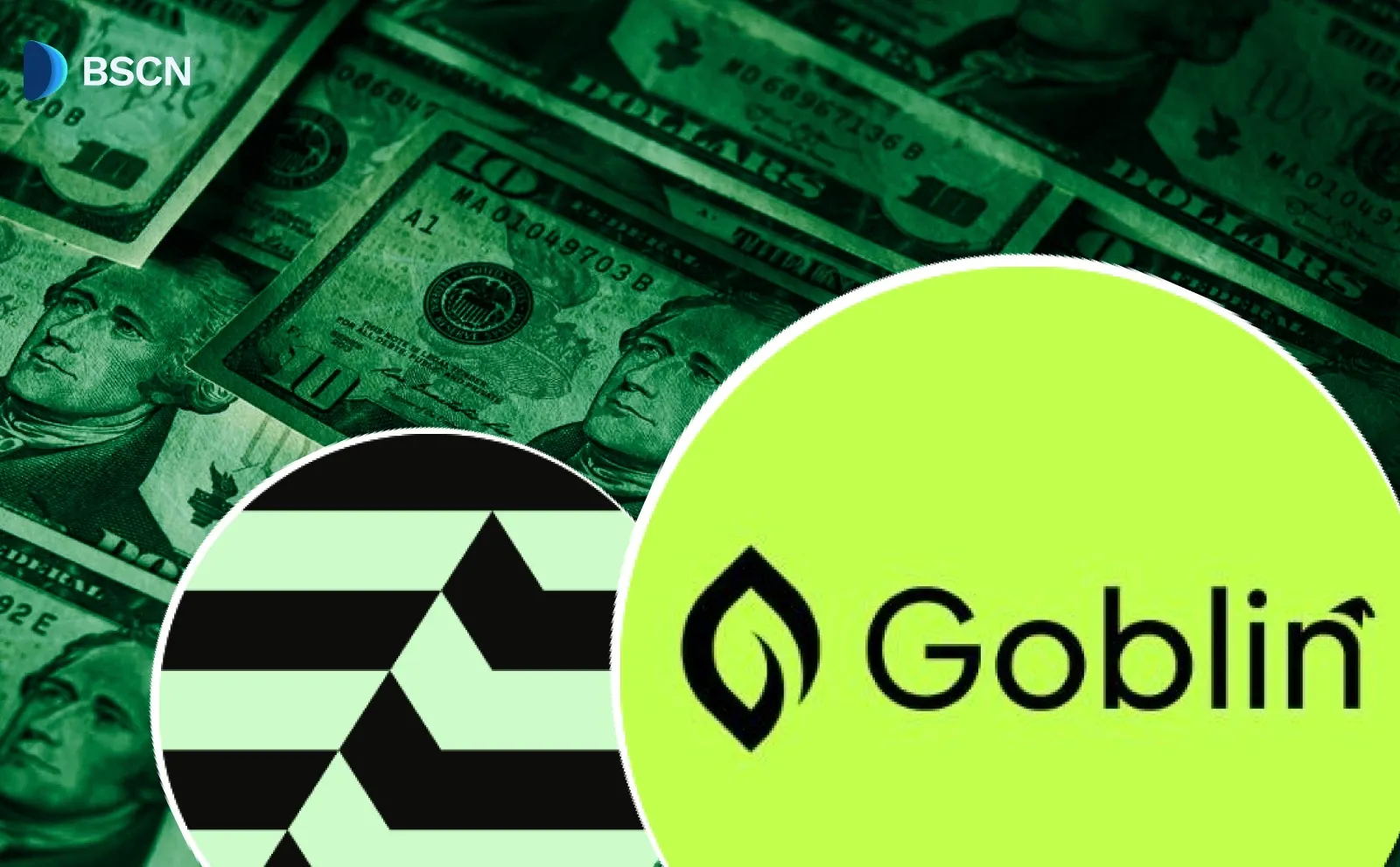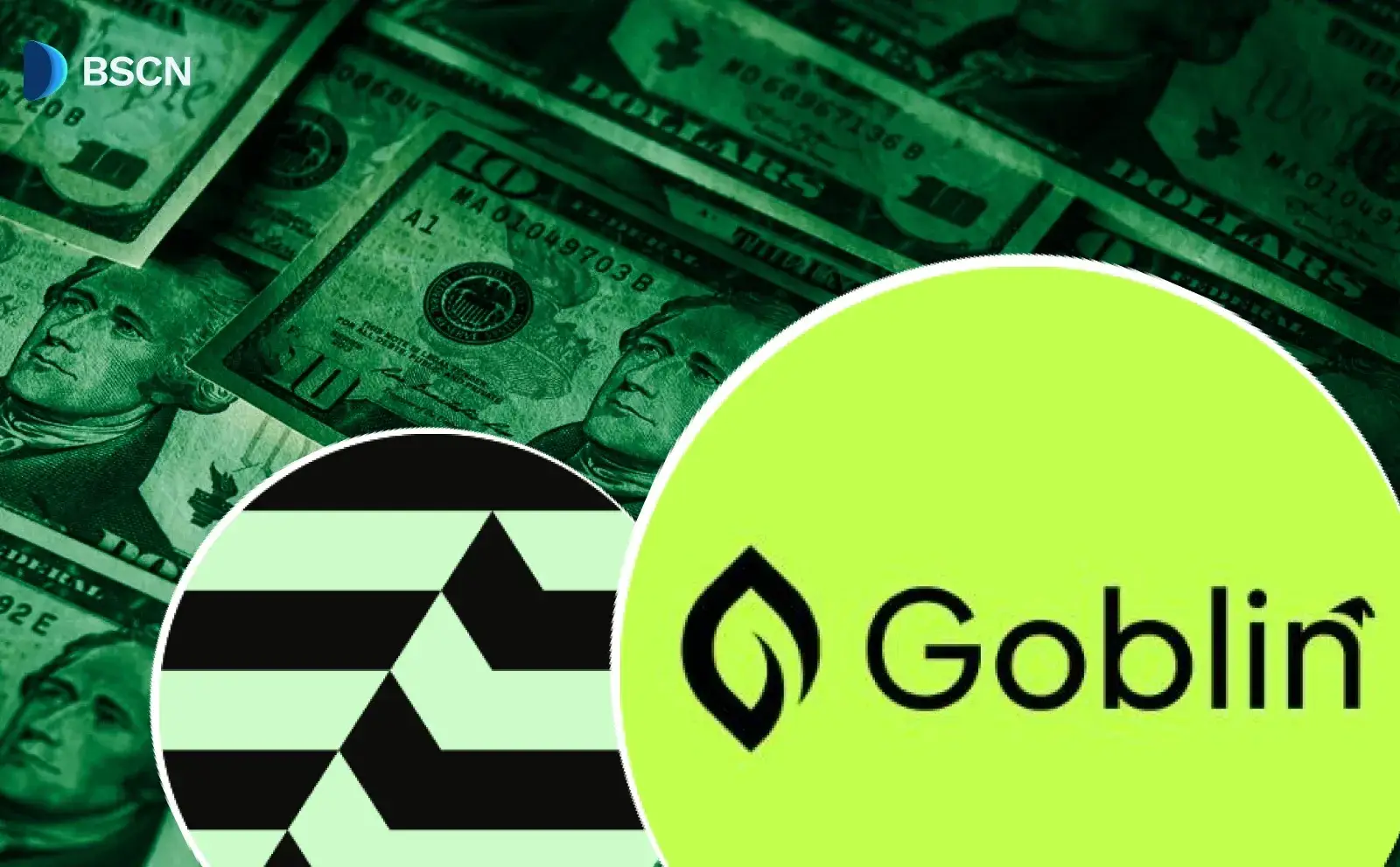News
(Advertisement)
Ethereum Ecosystem Support Program Returns with Streamlined Funding Process

Ethereum Foundation restarts its Ecosystem Support Program (ESP) grants with new Wishlist and RFP models to improve focus and efficiency.
Soumen Datta
November 4, 2025
(Advertisement)
Table of Contents
Ethereum Foundation Resumes Its Grant Program
The Ethereum Foundation has reopened applications for its Ecosystem Support Program (ESP) after a temporary pause. Developers, researchers, and community builders can once again apply for grants — but under a redesigned and more focused structure.
1/ ESP’s grant applications are now OPEN! ✨
— EF Ecosystem Support Program (@EF_ESP) November 3, 2025
Our new grants program is structured through two pathways:
💡 Wishlist
🎯 Requests for Proposals (RFPs)
Explore the new opportunities and apply below!https://t.co/qg4gBL62ED
According to the Foundation, the break was necessary to review how funds were being allocated and to create a system that aligns with Ethereum’s evolving priorities. The new model aims to make the grant process more strategic, transparent, and aligned with long-term ecosystem needs.
“Our new model addresses this by shifting from a reactive to a proactive approach,” the ESP team said.
Why the Pause Happened
Since its launch in 2018, Ethereum’s ESP has been a cornerstone of ecosystem development. It has supported projects in developer tooling, cryptography, education, open standards, and community growth.
Over time, however, the number of grant applications increased sharply. The small ESP team found it difficult to handle the volume while also pursuing strategic goals. This led to the decision to pause open applications earlier this year and rethink how grants were awarded.
During this break, the Foundation reviewed internal processes, funding distribution, and evaluation methods. The result is a streamlined model that gives applicants clearer direction and ensures funding goes where it has the greatest impact.
A New Structure for the Ecosystem Support Program
The refreshed ESP model introduces two main paths for applicants: the Wishlist and Requests for Proposals (RFPs). Both aim to improve clarity and efficiency in how Ethereum allocates grant funding.
The Wishlist: A Space for Open Innovation
The Wishlist highlights areas within Ethereum’s ecosystem that need further development. Instead of dictating specific projects, it outlines priority themes and invites builders to propose creative solutions.
This model gives flexibility to applicants while keeping projects aligned with Ethereum’s broader technical and community goals. Wishlist items identify existing gaps in the ecosystem, such as:
- Cryptography and privacy tools
- Developer infrastructure
- Application-layer improvements
- Security and auditing frameworks
- Educational and community growth initiatives
Builders can browse the current Wishlist, find a topic that fits their expertise, and submit a detailed proposal. The Foundation describes the Wishlist as a place where creativity and ecosystem alignment meet.
Requests for Proposals (RFPs): Targeted and Time-Bound
The RFP model focuses on specific technical or research problems. Each RFP defines:
- A clear problem statement
- Expected deliverables and outcomes
- An application window and evaluation schedule
- Estimated duration of work
Unlike Wishlist items, RFPs are prescriptive and goal-oriented. They ensure grant money directly funds solutions to critical challenges within the Ethereum network.
For example, an RFP might request a scalable zero-knowledge proof verifier, improvements in validator tooling, or new privacy-preserving mechanisms. Each RFP includes measurable deliverables, making the process transparent and outcome-driven.
How to Apply for ESP Grants
Ethereum’s updated application process follows a structured sequence to ensure consistency and accountability.
- Browse:
Applicants begin by reviewing active Wishlist or RFP opportunities that align with their interests or technical expertise. - Apply:
The next step involves submitting a detailed proposal, including methodology, expected milestones, and deliverables. Once submitted, applicants receive confirmation via email. - Review:
The Grant Management (GM) team evaluates submissions with relevant EF members. The review process may include interviews, rescoping of project goals, or budget adjustments. - Decision:
Approved applicants are notified by email. The EF then establishes a clear grant structure, including milestone-based payments. KYC verification and a legal agreement are part of the onboarding process. - Execution:
Grantees begin work under guidance from a Grant Evaluator who conducts regular check-ins and milestone reviews. - Completion:
Upon finishing, grantees must share their results publicly in a report or post to maintain transparency.
What the Ethereum Foundation Looks For
Grant applications are reviewed based on several specific criteria:
- Technical Soundness: The proposal’s feasibility, clarity, and innovation.
- Ecosystem Impact: The potential contribution to Ethereum’s long-term growth.
- Open Source Commitment: All work must be open-source and publicly accessible.
- Budget Efficiency: Cost-effectiveness and sensible allocation of resources.
- Experience: The applicant’s track record and technical background.
- Alignment: The project’s connection to Ethereum’s core values and needs.
For-profit companies can apply, but the specific grant-funded work must remain open-source and beneficial to the wider community.
Beyond Funding
The Ethereum Foundation has made it clear that the ESP’s mission goes beyond financial assistance. Grant recipients will receive ongoing mentorship, networking opportunities, and community integration support.
ESP’s Office Hours sessions remain open for teams seeking help aligning their proposals with active Wishlist or RFP categories. These sessions allow direct interaction with ESP members for feedback before submission.
Additionally, the Foundation will coordinate grant activities across its various teams, ensuring that all support aligns with broader strategic goals.
“Beyond funding, we are committed to enhancing the grantee experience by providing robust support throughout their journey,” the ESP team stated.
A Coordinated Effort for Ecosystem Growth
The Ethereum Foundation describes the ESP’s new model as an ongoing, evolving process rather than a single funding round. Wishlist items and RFPs will be updated regularly as the ecosystem develops.
ESP plans to integrate insights from completed projects into future funding decisions. By analyzing what worked and what didn’t, the team can refine its approach to achieve greater impact.
This cyclical model turns the ESP into a feedback-driven system that adapts to new technological and community challenges over time.
According to the Ethereum Foundation, ESP’s mission remains unchanged: to strengthen the foundations of Ethereum and support its builder community. The focus areas include:
- Infrastructure improvement
- Open-source developer tools
- Cryptographic research
- Community education
- Decentralized governance and security
The program’s scope is intentionally broad to accommodate both technical innovation and social growth within the ecosystem.
The Foundation emphasizes that all supported work should create positive-sum outcomes — benefits that extend to the entire community rather than individual profit.
Why the ESP Matters
The Ecosystem Support Program plays a vital role in Ethereum’s decentralized growth model. Unlike centralized grant systems, ESP’s open-source requirement ensures funded projects contribute to the collective infrastructure.
By fostering innovation through both Wishlist and RFP frameworks, the Foundation ensures Ethereum remains adaptable to new technologies and use cases.
The initiative also strengthens collaboration among developers, researchers, and educators — ensuring Ethereum’s ecosystem grows in depth as well as breadth.
Conclusion
The Ethereum Foundation’s Ecosystem Support Program is back, operating with renewed structure and focus. The new model replaces a reactive, high-volume process with a selective, outcome-based system centered on clarity and collaboration.
By dividing its grant strategy into Wishlist and RFP categories, the Foundation ensures funding reaches projects that directly strengthen Ethereum’s infrastructure, security, and community.
This restructured ESP represents a steady, thoughtful approach to ecosystem growth — one that focuses on measurable contributions, transparency, and the builders who keep Ethereum evolving.
Resources:
Ethereum Foundation X platform: https://x.com/ethereumfndn
About the new Ethereum Ecosystem support: https://x.com/ethereumfndn
Ethereum Foundation pauses $3 million 'open grants' program as it looks to redirect funding - report by The Block: https://www.theblock.co/post/368804/ethereum-foundation-pauses-grants-programs-as-it-looks-to-cut-burn-rate
Read Next...
Frequently Asked Questions
What is the Ethereum Foundation’s Ecosystem Support Program (ESP)?
The ESP is a grant initiative that funds developers, researchers, and community projects working to strengthen Ethereum’s infrastructure and ecosystem.
How can developers apply for ESP grants?
Applicants can review active Wishlist and RFP opportunities on the ESP website, submit a detailed proposal, and undergo review by the Grant Management team.
What’s new in the ESP’s latest model?
The new structure introduces two funding paths — the Wishlist for open-ended ecosystem priorities and RFPs for specific technical or research challenges.
Disclaimer
Disclaimer: The views expressed in this article do not necessarily represent the views of BSCN. The information provided in this article is for educational and entertainment purposes only and should not be construed as investment advice, or advice of any kind. BSCN assumes no responsibility for any investment decisions made based on the information provided in this article. If you believe that the article should be amended, please reach out to the BSCN team by emailing [email protected].
Author
 Soumen Datta
Soumen DattaSoumen has been a crypto researcher since 2020 and holds a master’s in Physics. His writing and research has been published by publications such as CryptoSlate and DailyCoin, as well as BSCN. His areas of focus include Bitcoin, DeFi, and high-potential altcoins like Ethereum, Solana, XRP, and Chainlink. He combines analytical depth with journalistic clarity to deliver insights for both newcomers and seasoned crypto readers.
(Advertisement)
Latest News
(Advertisement)
Crypto Project & Token Reviews
Project & Token Reviews
Comprehensive reviews of crypto's most interesting projects and assets
Learn about the hottest projects & tokens




